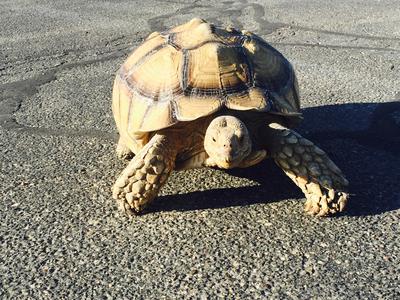We call him big boy
by Jackie Hill
(Canyon TX )

Big Boy
We found this turtle walking the streets in our town. We have no idea where he came from but from the looks of it he seems to be pretty old.
What if any info can you give me about this big boy.
Comments for We call him big boy
|
||
|
||
|
||
|
||
|
||
|
||